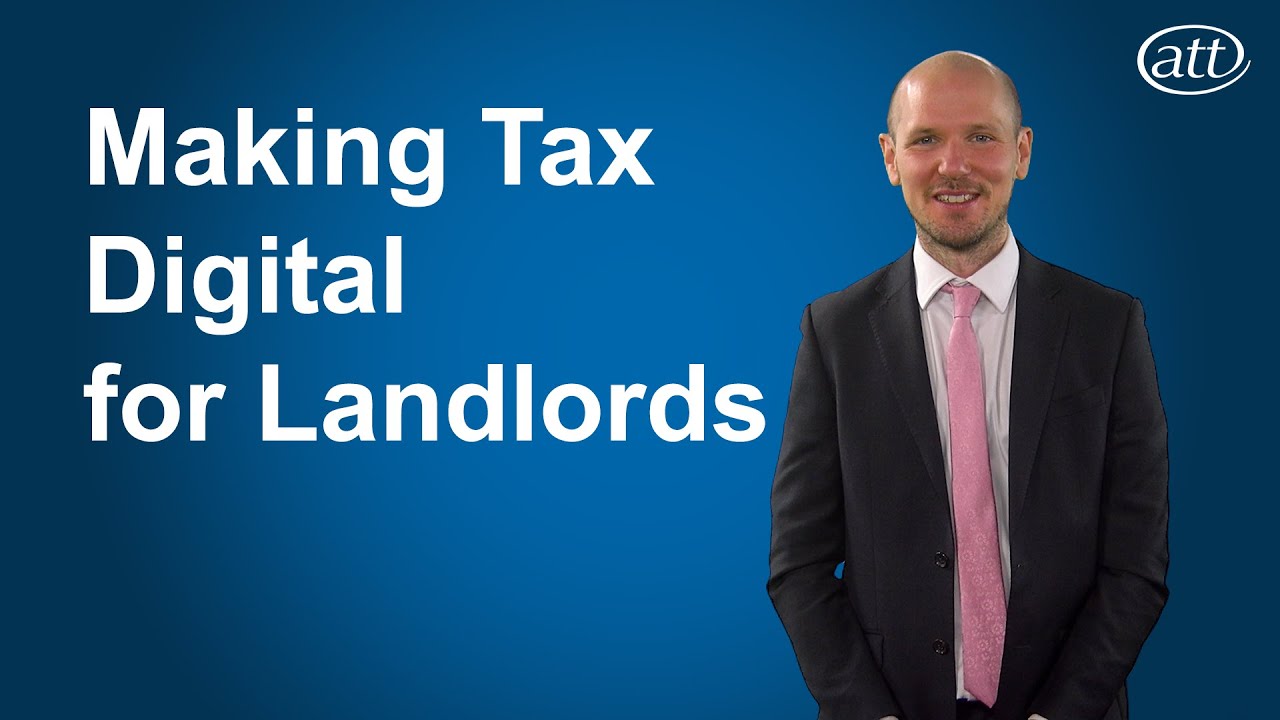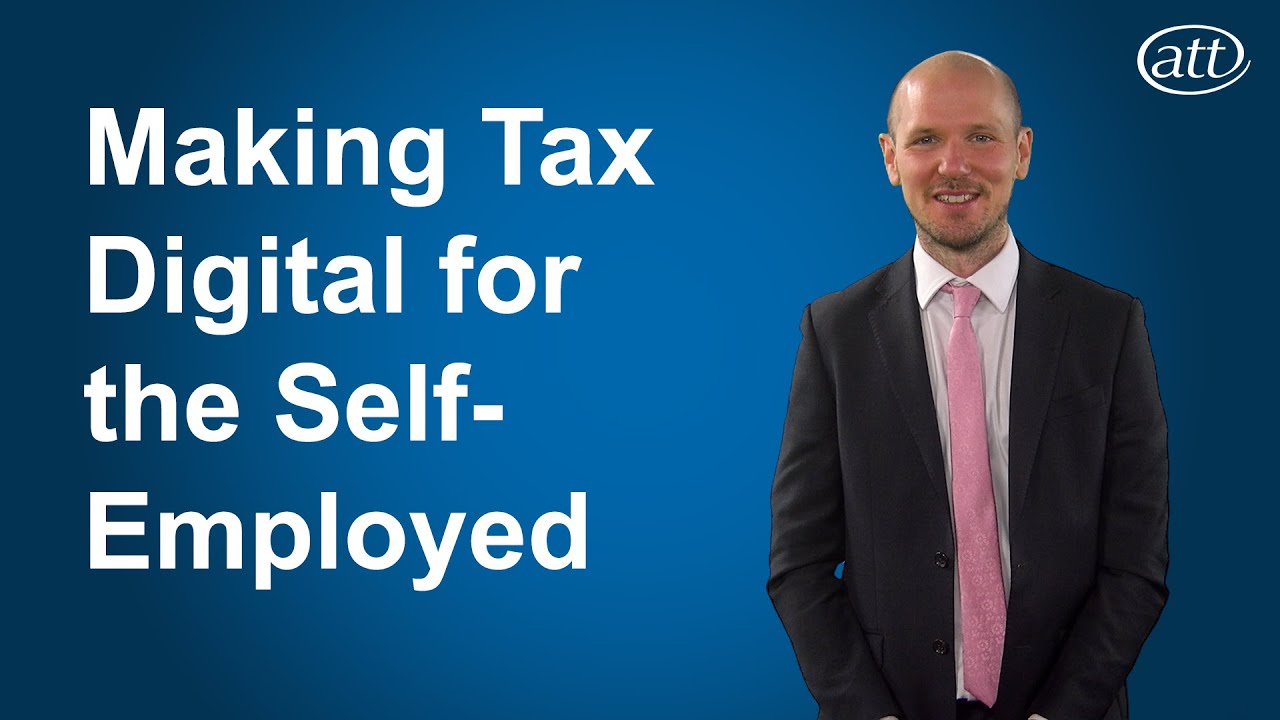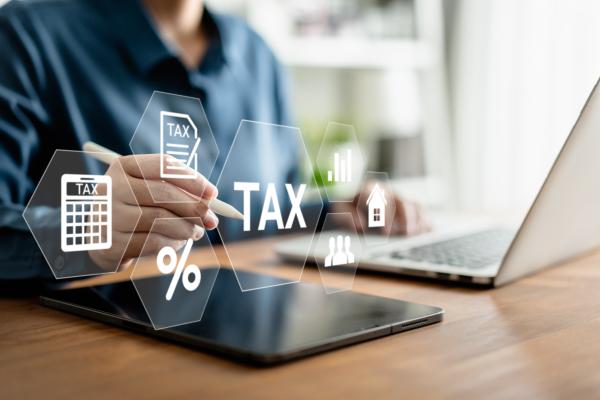Making Tax Digital for Income Tax
Making Tax Digital for Income Tax (MTD) will bring a fundamental shake-up in how taxpayers and agents interact with HMRC, and each other. It aims to promote better and more timely record-keeping to reduce errors and mistakes as part of the Government’s aim to reduce the tax gap.
MTD will operate on a more modern HMRC IT platform, improving security whilst enabling improved digital services such as pre-population of data and nudges/prompts to taxpayers fed by better connections with data held by HMRC.
This page provides access to MTD-related resources prepared by the ATT to help taxpayers and agents get ready for MTD.
The information presented on this page represents the ATT’s understanding based on the information available at the date of publication shown. You may wish to check against available legislation and any official guidance on GOV.UK that that position has not changed.
Last updated: 10 December 2025
ATT Resources
Introductory videos
Find out about the basics of Making Tax Digital with our introductory videos - who it affects, when it applies from, and what's involved.


Webinars, articles and more
MTD peer-discussion groups
Members are invited to a series of monthly online drop in sessions where you can speak to your peers about tips and practical advice on getting ready for MTD.
These sessions will be member-led, but ATT technical team representatives will be in attendance. Find out more and sign up via our MTD peer-discussion groups page.
Webinars & events
On 2 October 2025 we held a virtual Q&A session, which attracted more than 1000 registrations. Members of the ATT Technical Team provided a brief update on recent developments, before taking questions from the audience on all things MTD. A recording of the session is now available.
Due to the volume of questions on the day, we ran a similar session on 19 November 2025 - a recording of the November Q&A session is now available.
We're holding a third Q&A session on 24 February 2026, you can sign up now via our dedicated event page.
Articles
We regularly write articles covering a range of MTD topics for industry publications and our own website. Head to our Technical Articles page to find recent content, as well as our archives.
Podcasts
As part of Tax Adviser magazine's podcast series, Emma sat down with respected tax consultant and tax lecturer Rebecca Benneyworth to discuss her experiences in the MTD testing phase.
- Episode 1 covers Rebecca's initial experiences of testing as one of the first tax advisers to take part, and how to prepare for MTD.
- Episode 2 provides an update on what Rebecca has learned from her involvement in MTD testing, and gives a reminder not to delay getting ready for MTD.
MTD, Engagement Letters & Professional Conduct in Relation to Taxation (PCRT)
Interim guidance on the application of PCRT to the requirements of MTD has been published to assist members in understanding their obligations under PCRT when acting for clients in MTD.
The ATT has also published specific MTD for Income Tax Engagement Letter Schedules, developed in collaboration with other Professional Bodies.
Latest news
Further changes to MTD emerging at the Budget included a ‘soft landing’ for late filing penalties applying to quarterly updates in 2026/26, along with some small exemptions and deferrals. Our article for AccountingWEB summarises the Budget’s MTD-related announcements.
'Legislation Day' 2025
On 21 July 2025, draft legislation on MTD and penalty reform was published for comment , along with updated draft Income Tax (Digital Obligations) Regulations, which would revoke the 2024 and 2021 Regulations referred to below.
The ATT has responded to both publications. You can read our full response via our submissions page.
Spring Statement 2025
A technical note was published after the Spring Statement, announcing that MTD will be expanded to cover more taxpayers, greater reliance on third-party software, and some further exemptions and deferrals. Our Spring Statement news article covers the key details.
HMRC communications to taxpayers
Following an initial round of letters to taxpayer, and emails to agents during Spring-Summer 2025, HMRC are sending further letters to taxpayers from November 2025 onwards to raise awareness of the introduction of MTD from April 2026. We explained the letters and timescales, and shared copies of the text in our news item Making Tax Digital: HMRC letters to taxpayers.
What is MTD for Income Tax?
Under the requirements of MTD, individuals who are subject to income tax on the profits of their trade, profession, vocation or property business will be required to keep their accounting records electronically (either using suitable software or on spreadsheet) and file quarterly returns to HMRC with details of their income and expenditure together with any other information that HMRC specifies. A digital tax return will then be submitted after the tax year to finalise the individual’s tax position.
Although the frequency of reporting is going to change, the timing of tax payments will not and the current system of payments on account and balancing payment by 31 January after the tax year is expected to remain in place for the foreseeable future.
Our Making Tax Digital For Income Tax Frequently Asked Questions contains more detailed information.
Timetable for MTD for Income Tax
The mandation of MTD will be phased, with the exact date dependent on the taxpayer's income:
- From April 2026, self-employed individuals and landlords with incomes from those sources of more than £50,000 will be mandated into MTD.
- Those with income from self-employment and/or property of more than £30,000 will be mandated from April 2027.
- Individuals with self-employment and/or property income over £20,000 will have to join MTD from April 2028.
Further details of how the income thresholds will operate can be found in our article 'How does the income exemption work for MTD for ITSA' and in the 'Joining MTD' and 'Leaving MTD' sections of our Frequently Asked Questions.
Although the Government has said they remain committed to extending MTD to general partnerships, no 'start date' has been confirmed. All other partnerships (e.g. those that have corporate partners and Limited Liability Partnerships) are also expected to be required to join MTD at a future date (to be confirmed).
Exemptions from MTD for Income Tax
There will be limited automatic exemptions from MTD and other exemptions which will need to be claimed. See the 'What exemptions and deferrals are available' section of our Making Tax Digital For Income Tax Frequently Asked Questions, or MTD exemptions guidance on GOV.UK for further details.
HMRC Testing
HMRC are currently running a testing phase for MTD. Agents can sign up their clients for the testing phase directly via GOV.UK. They should however first check that their client is eligible, that they have suitable software in place, and that their software provider can support them through the testing phase.
See our FAQs and Technical FAQs for further details regarding software and testing.
Legislation
Enabling primary legislation for MTD for Income Tax was included in Sections 60 to 61 and Schedule 14 of Finance (No.2) Act 2017. The explanatory notes to the original Bill can be found here.
Regulations setting out more details on MTD were laid on 23 September 2021. These regulations are amended by the Income Tax (Digital Requirements) (Amendment) Regulations 2024 which were laid on 22 February 2024. Tertiary legislation comprising an Update Notice and a Digital Record Keeping Notice was published in early 2025.
On 21 July 2025, draft legislation on MTD and penalty reform was published for consultation, along with updated draft Income Tax (Digital Obligations) Regulations, which will revoke the 2024 and 2021 Regulations.




















